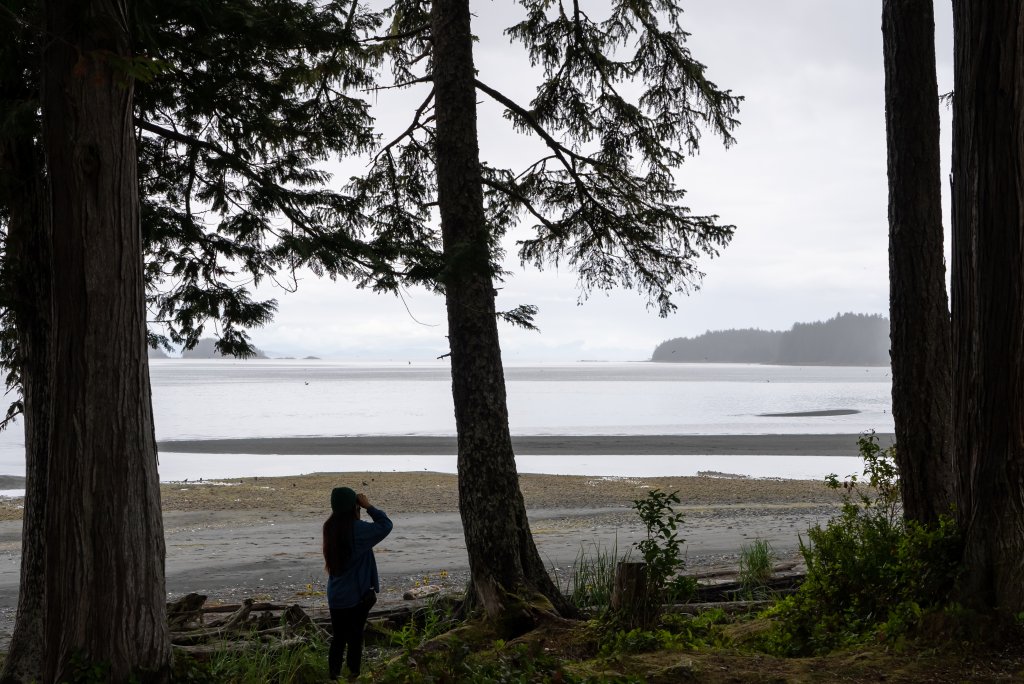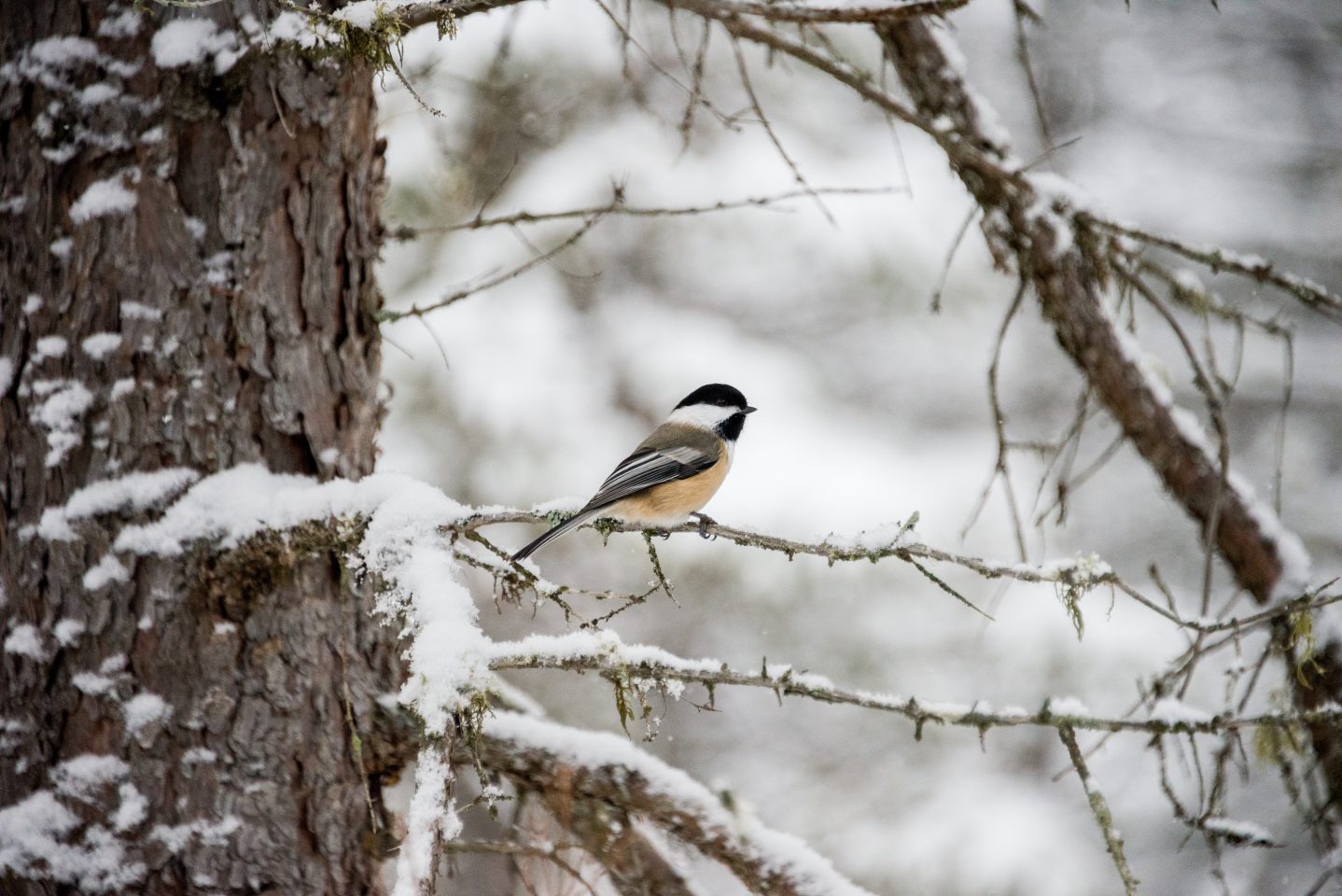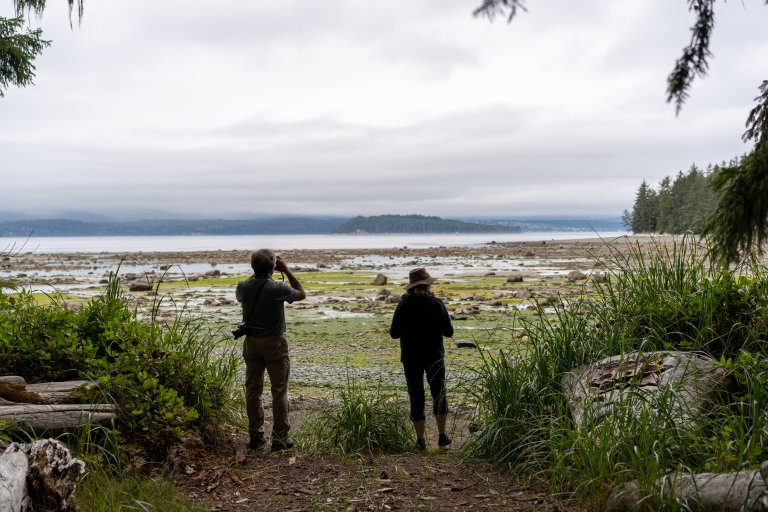What is the Christmas Bird Count?
The Christmas Bird Count started in 1900 and is North America’s longest-running Citizen Science project. It takes place over a single day within a BC community, where bird counts are carried out within a specified 24-km circle area. Depending on your region, it can occur any day between December 14th and January 5th. The counts are organized by local birders, birding clubs, or naturalist organizations and are usually a group effort.
If you’re interested in birds and their conservation, the Christmas Bird Count is very important to conservation research. The information collected becomes one of the world’s largest sets of wildlife survey data. Conservation biologists and naturalists use those results to assess bird population trends and distribution. Monitoring birds in this way helps to shine a spotlight on recent population declines and potential consequences for ecosystems. It’s important work, and birders are happy to help!

Where and When
Whether you’re a novice birder or a seasoned expert, please consider taking part in this year’s Christmas Bird Count effort. To join a group or community event, please reach out to your local count compiler – Birds Canada has a list of participating communities on their website.
As Birds Canada recommends, you should be prepared to dedicate part or all of the count day as either a field observer or feeder watcher somewhere within the count circle. Field observers cover a portion of the count circle on their own or with a small group and count all the birds they find. Feeder watchers count birds at their feeders for a portion of the day. The Birds Canada website has more information on what it means to be a field participant or a feeder participant.

Here is a list of communities along The BC Bird Trail that are having Christmas Bird Counts this year:
- Kootenay Rockies
- Cranbrook: December 28, 2025
- Golden: December 29, 2025
- Nelson & Kootenay Lake: January 3, 2026
- Northern BC
- Prince George: January 4, 2026
- Thompson Okanagan
- Kelowna: December 14, 2025
- Osoyoos: December 28, 2025
- The Shuswap: December 14, 2025
- Vernon: December 17, 2025
- Vancouver, Coast & Mountains
- Abbotsford: December 30, 2025
- Harrison River Valley: December 14, 2025
- Squamish: December 15, 2025
- Vancouver: December 20, 2025
- Vancouver Island
- Parksville Qualicum Beach: December 14, 2025
- Sooke: December 27, 2025
- Southern Gulf Islands: December 14, 2025 (Galiano Island, Pender Islands & Salt Spring)
- Tofino: January 3, 2025
- Ucluelet: January 4, 2025
You can read more about the Christmas Bird Count on the Birds Canada website and the National Audubon Society website. Learn more about citizen science and tips for counting birds in our previous Field Notes post, Birding 101: How to Count Birds.



